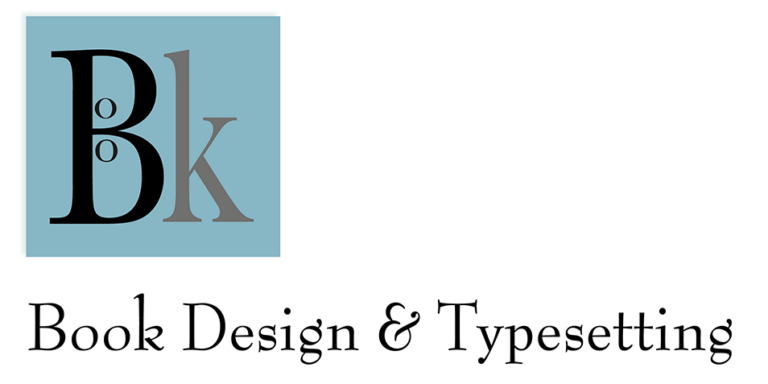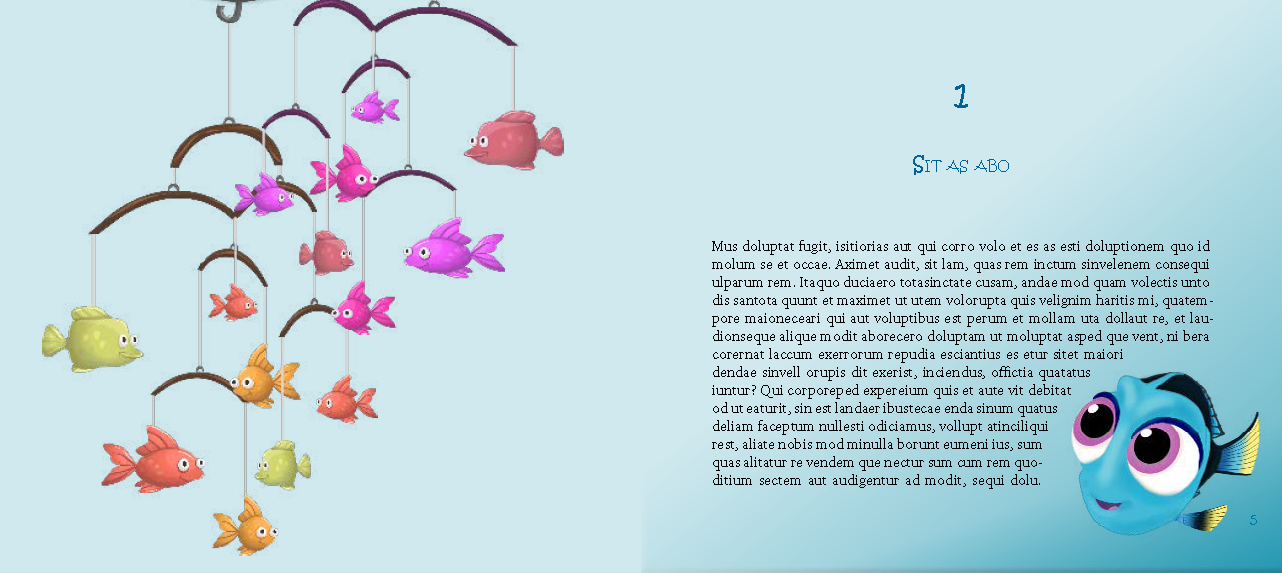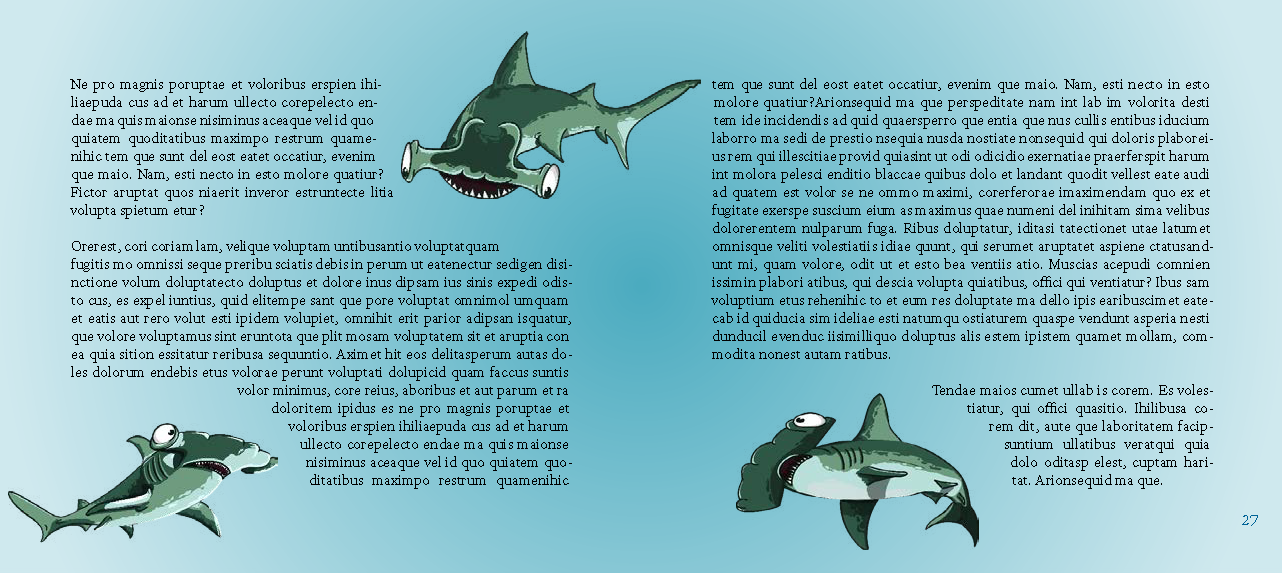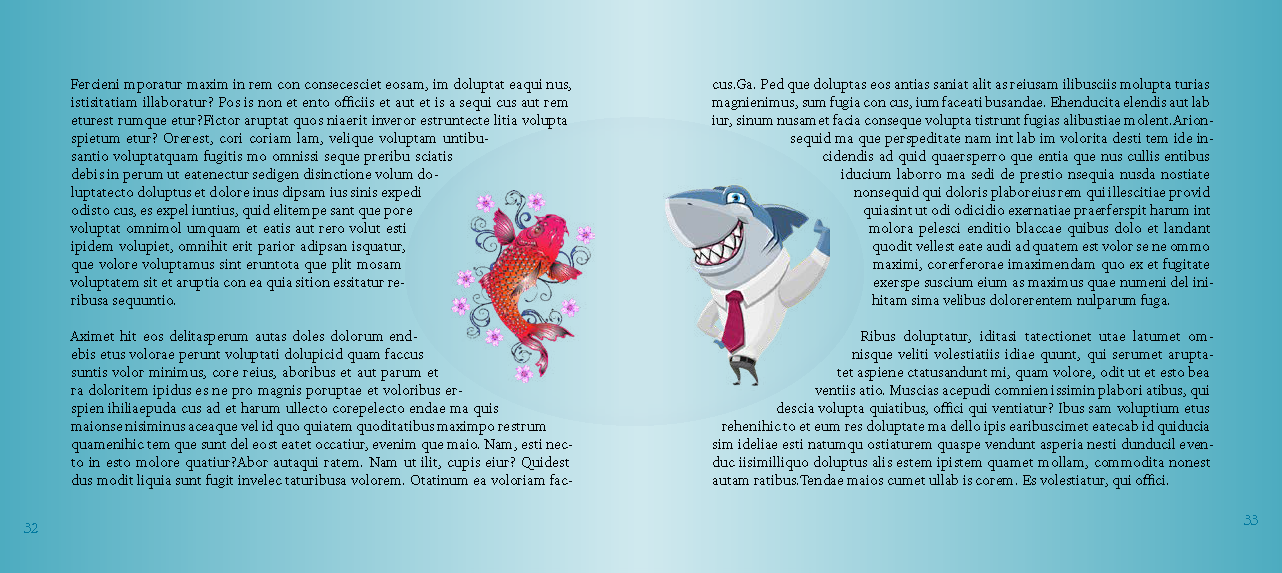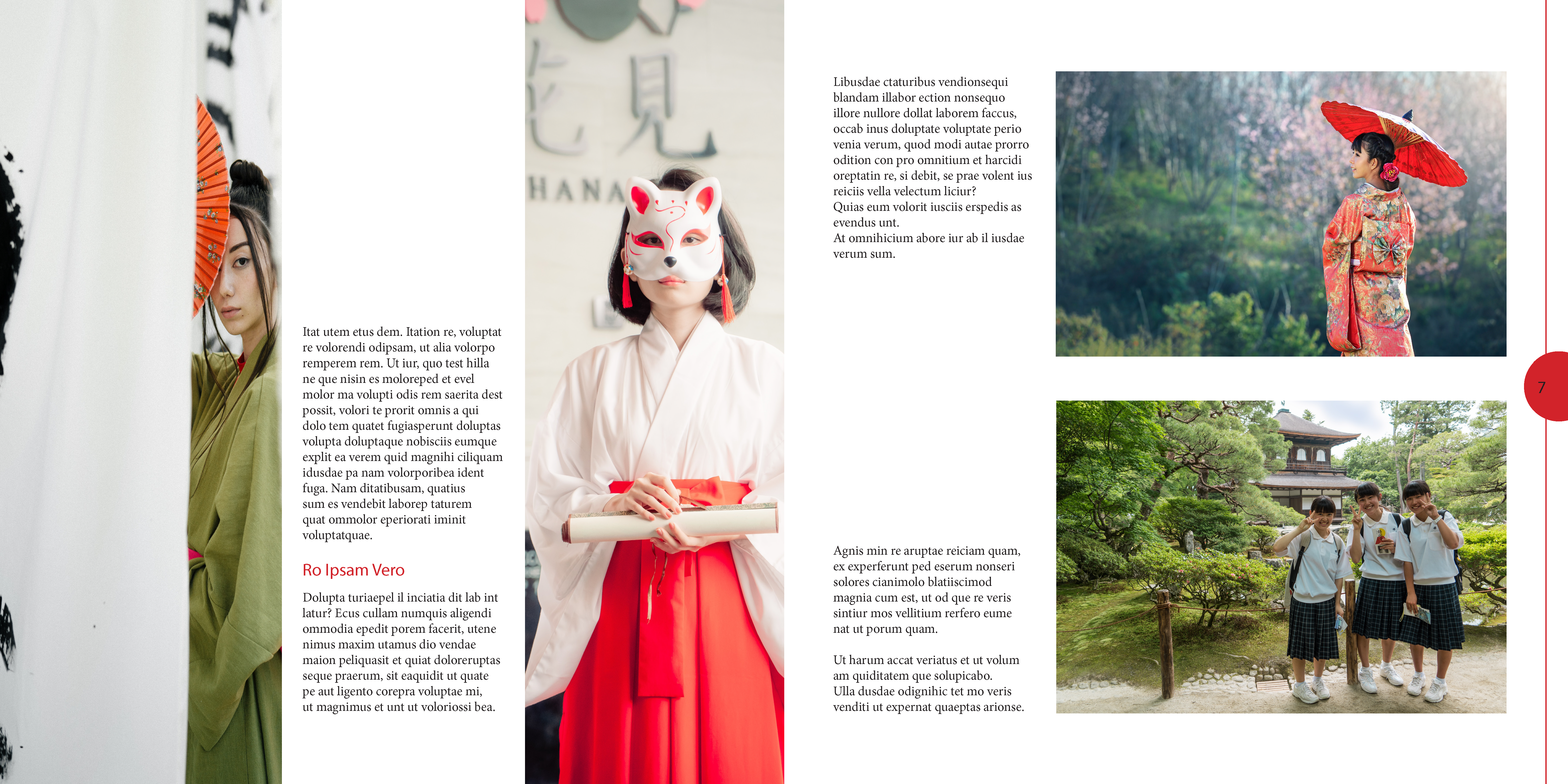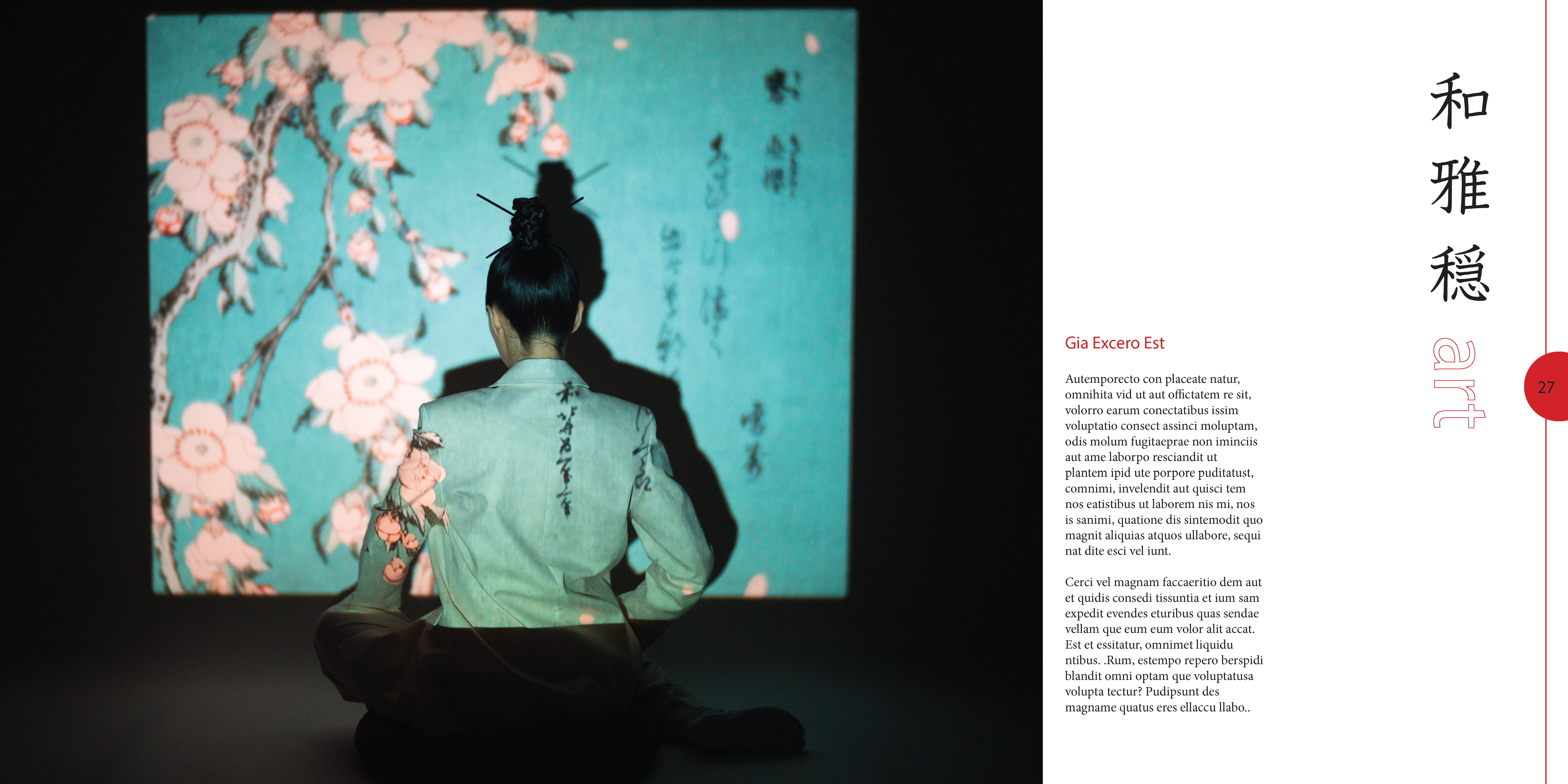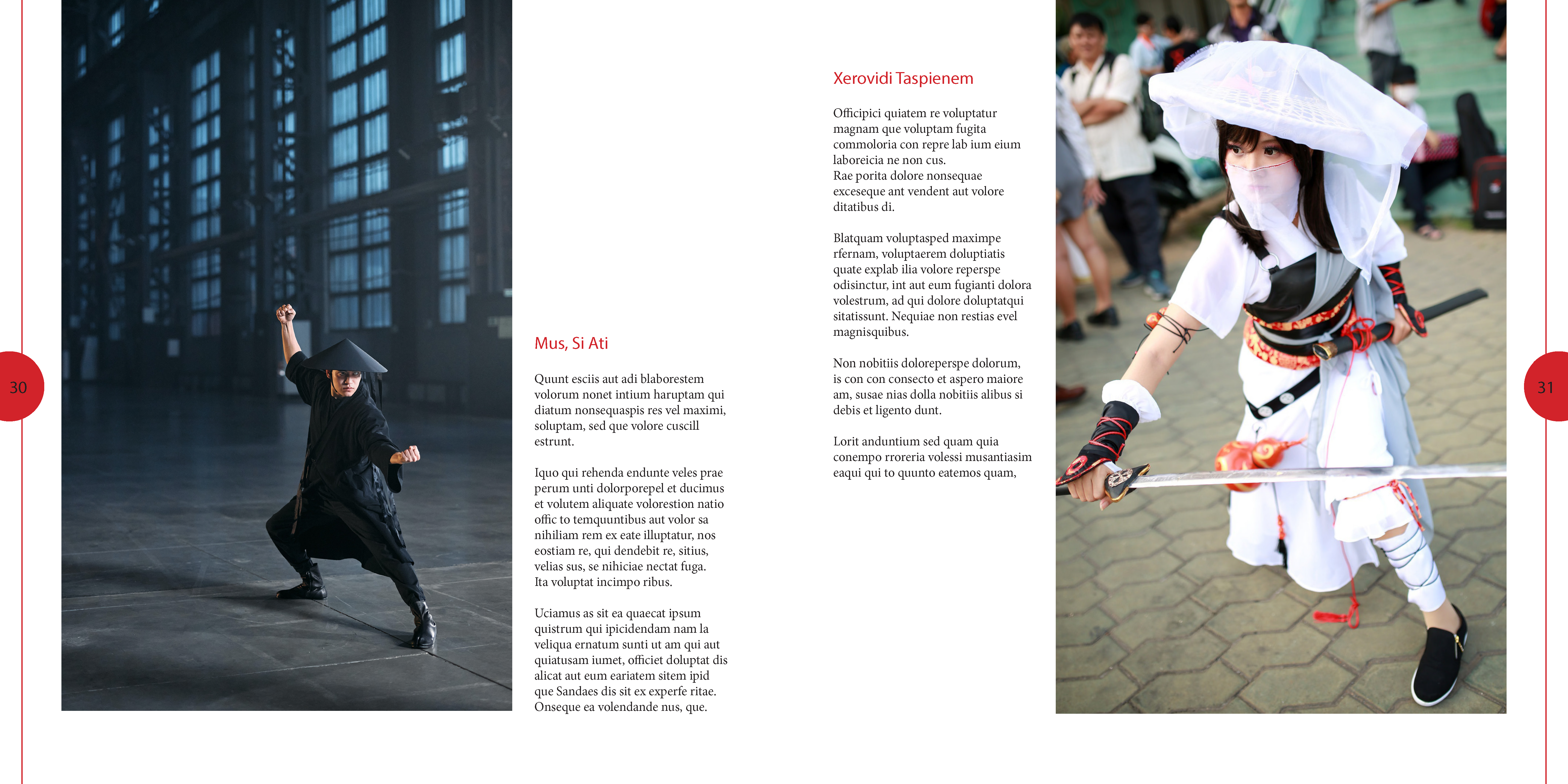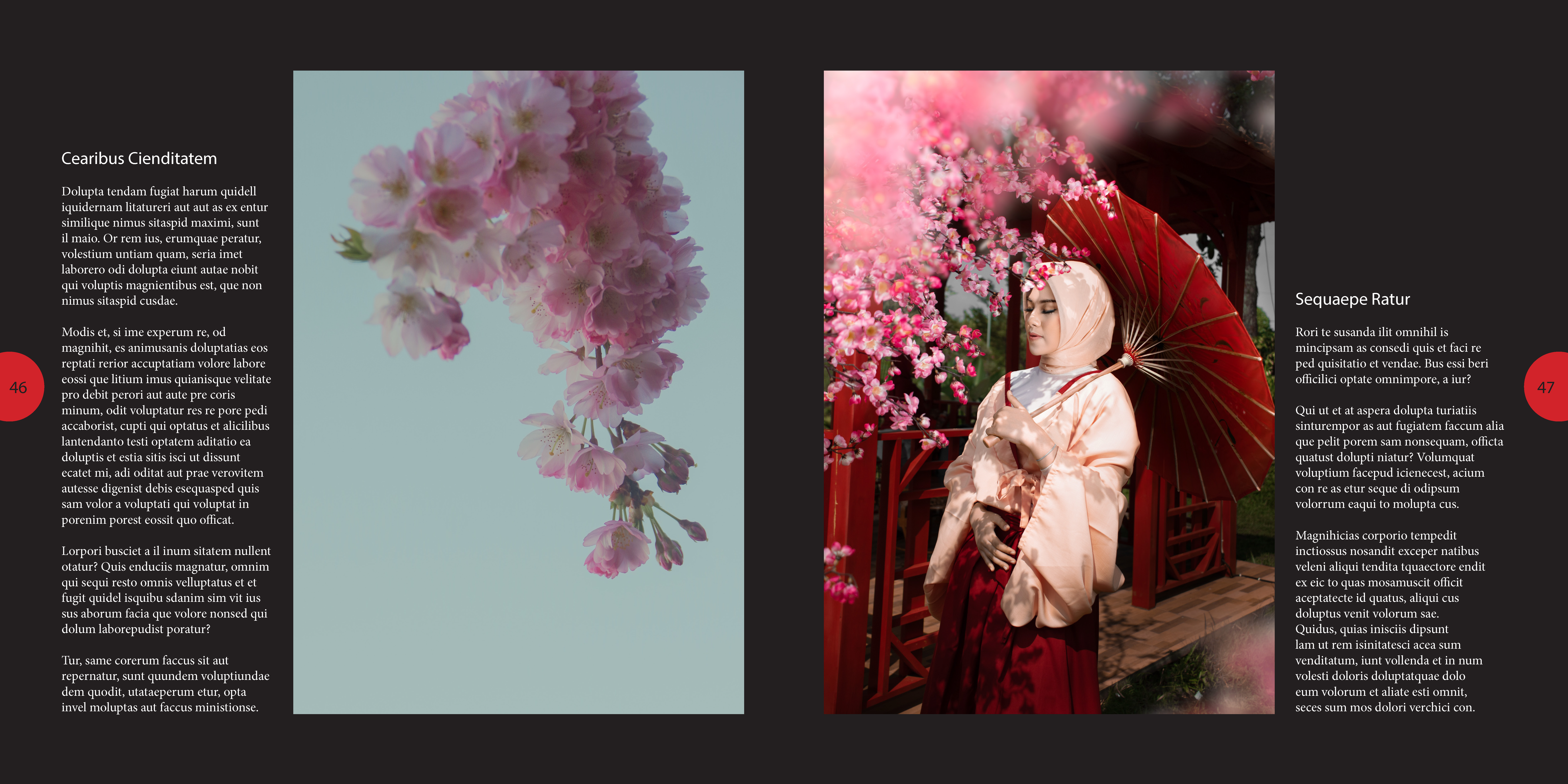What Does A Book Designer Do?
In a single sentence, one could say that the book designer works to ensure that the book fulfills its intended function while each element harmoniously fits together.
In this article, I’ll outline some aspects of designing and producing the interior of a book.
Perhaps the most critical part of the work is typographic design, which involves planning how the book’s internal content will appear.
“I have seen too many books with great covers but horribly designed content. It’s like great packaging, but when you open it, the food inside looks brown and boring. It may still be nourishing, but my appetite is gone.”
Erik Spiekermann, one of the world’s most renowned book designers
There are several elements in the design phase, such as determining the format and margins of the book, selecting the main text font and line spacing, choosing the title fonts, kerning between certain characters and tracking the text if it needs, crafting appropriate paragraph styles, selecting user-friendly headers, and decorative elements, etc.
During this stage of work, there are numerous considerations to ponder. Who is the book intended for? What reading habits characterize the target audience? What is the theme and genre of the work? Crime? Classic adventure novel? etc., etc.
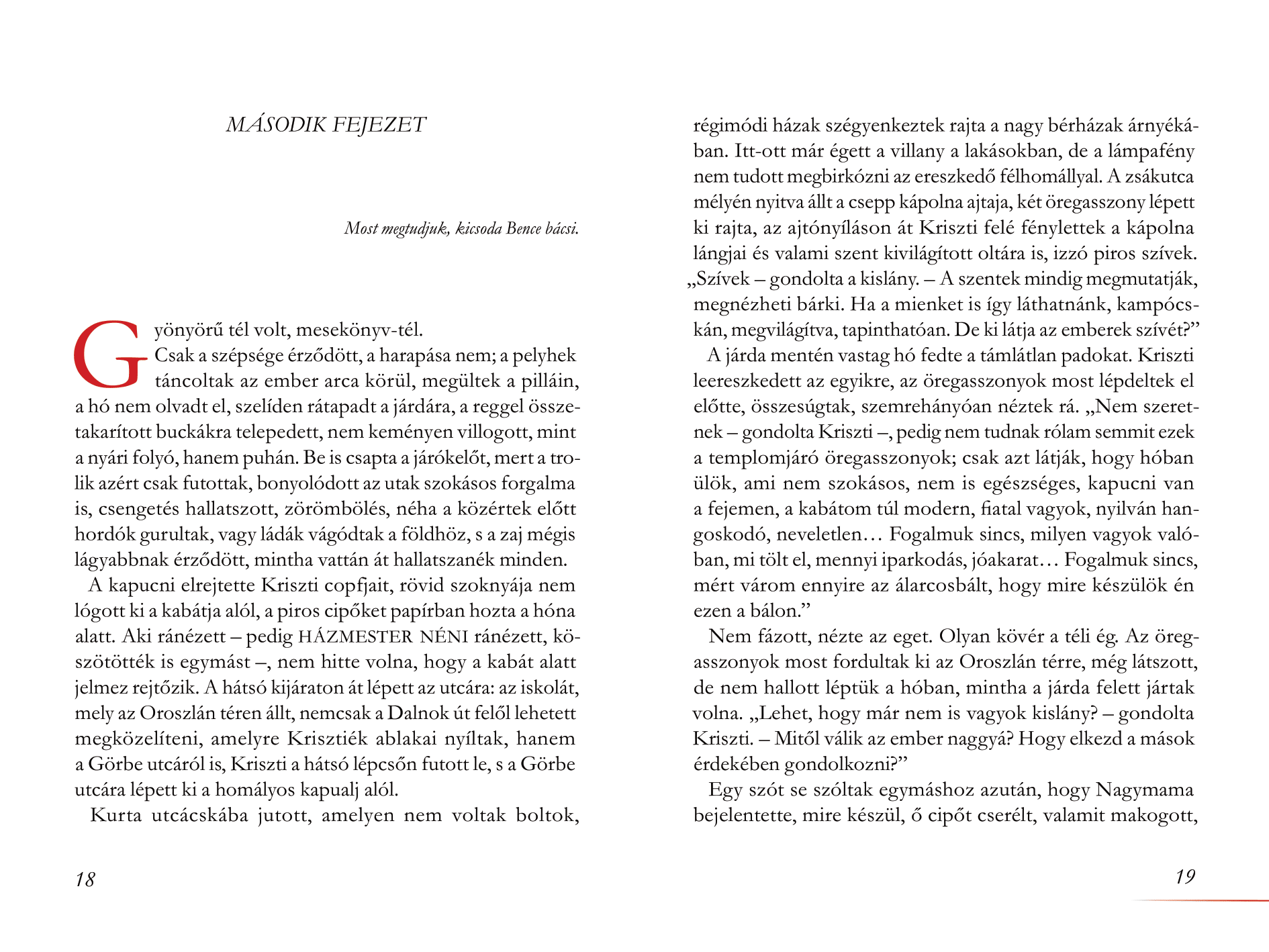
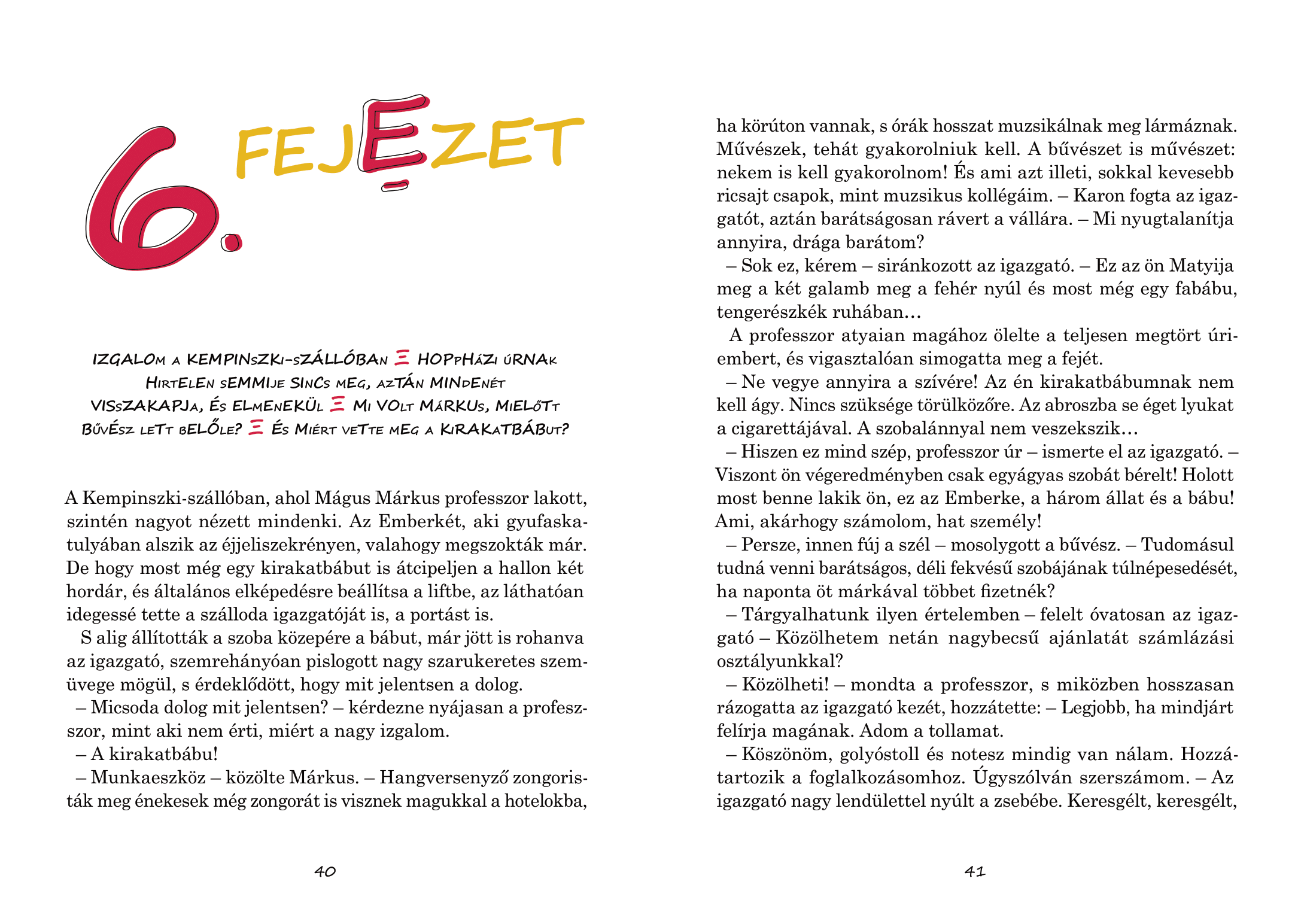
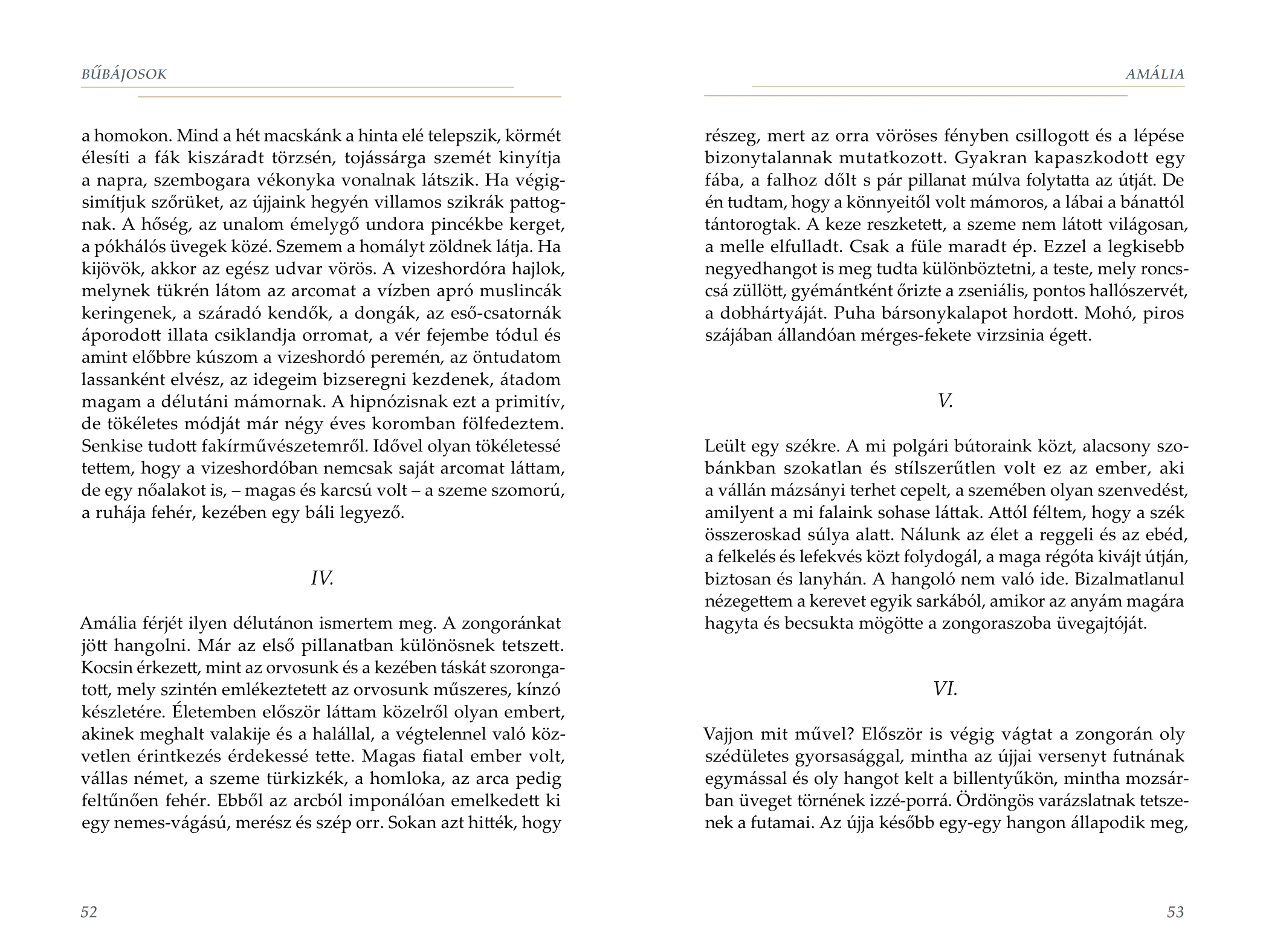
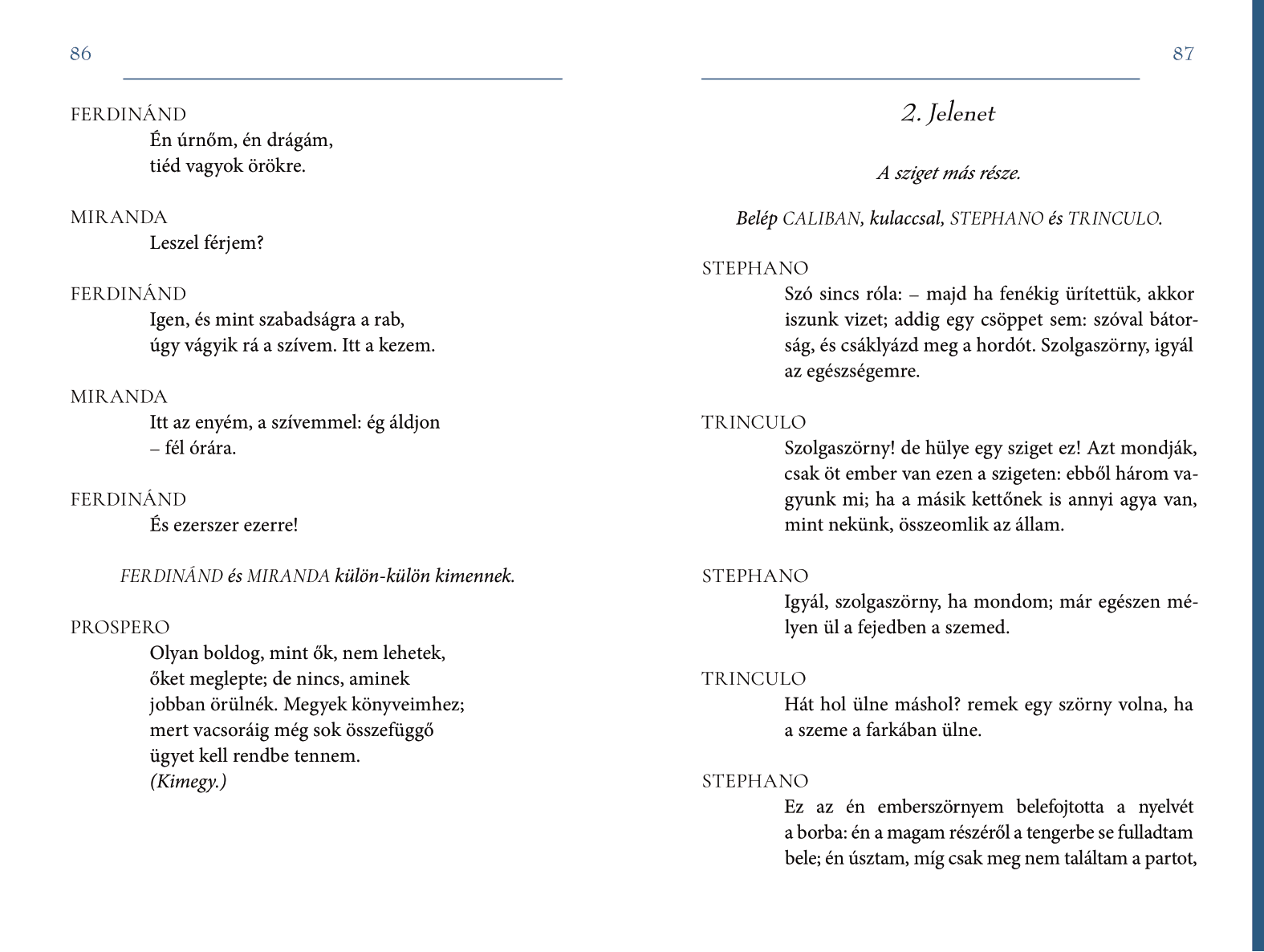
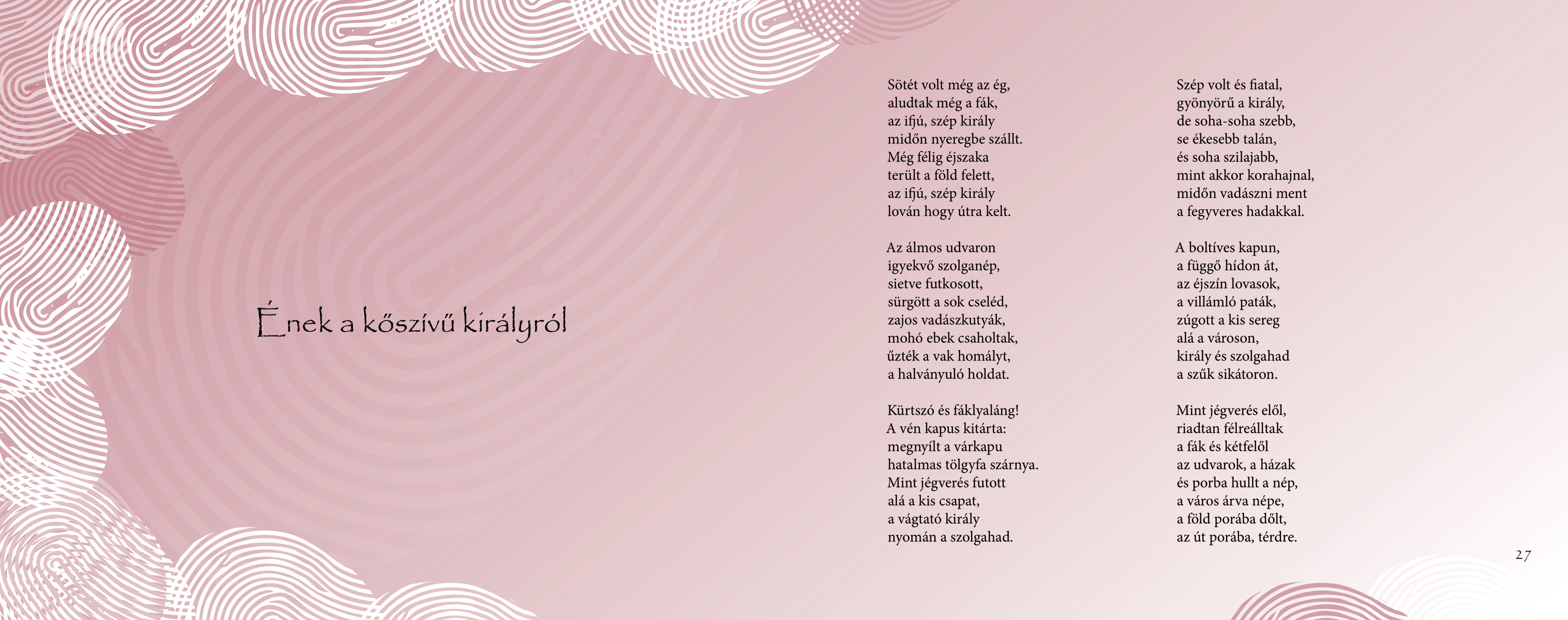
After creating the design, the next step is to place and format the text of the manuscript. During this phase, we review the influenced manuscript from beginning to end and apply appropriate paragraph styles, initials, lists, etc., according to the plans.
This is also the time to place visual elements such as photos, graphics, pre-prepared tables, etc. Here, too, we strive to optimize the reading experience, keeping in mind the relationship between text sections and visual materials, as well as harmonizing the elements applied on the spreads.
During this phase, we also get a clearer picture of the extent of our book. It may be necessary to modify the original ideas, for example, adjusting the font size or text mirror size to approach the optimal length, for economical production purposes.
It is common for certain characters in the text to appear incorrectly. This may be because the chosen font does not include the specific character, or it could be due to the author using the wrong character in the manuscript. Filtering out and changing these incorrect characters is a time-consuming and attention-demanding task. The entire text must be carefully examined.
The final step in working with the body text is typesetting. Typesetting essentially begins with configuring the paragraph styles developed during the design phase. Modern computer programs allow us to apply settings that conform to typesetting rules, and some can even prioritize these rules.
While this great aid in typesetting, it also generates errors that require the intervention of a skilled individual for review and correction.
Typesetting is a lengthy process that demands attention to detail and thoroughness, and it is not sufficient to perform it just once. Since text ‘is moving’ during typesetting — meaning certain words may move to the previous or next line, sentences may shift from one page to another — it is essential to review the entire text 3-4 times.
